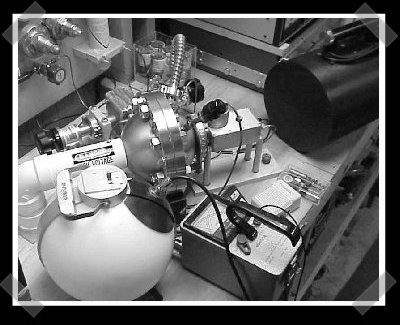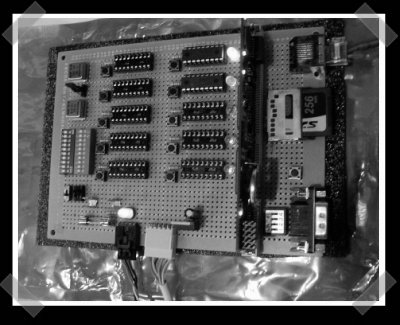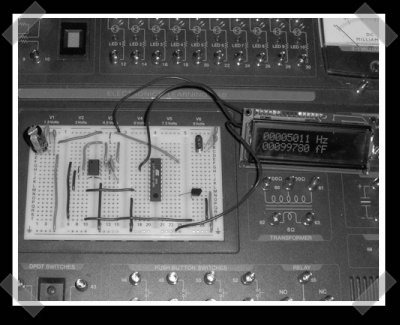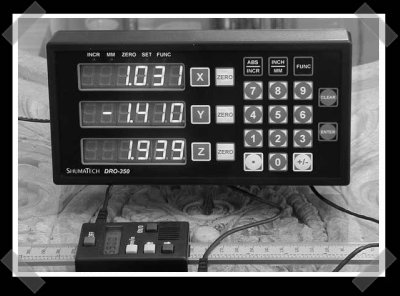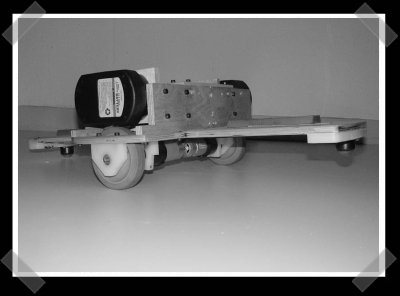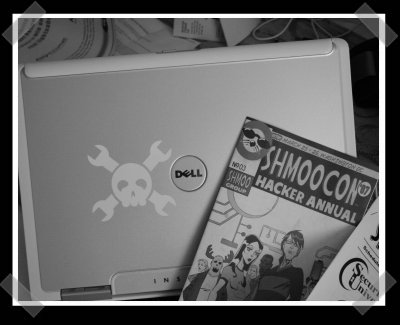
[Eliot] and I are in D.C. at Shmoocon for the weekend. We’re armed with the latest Hack-A-Day sticker. Find us here and we’ll hook you up. Right now we’re checking out [H1kari]’s talk on using FPGA’s for high speed encryption key cracking. By using dedicated FPGA hardware, they’re smoking dual core Intel’s left and right for the calculations. He also talked about an interesting application called VileFault – it takes in a certain fruit vendors encrypted FS and spits out a decrypted image – once you’ve cracked the pass phrase. (Guess what makes finding that key way faster.) Now he’s getting into brute forcing bluetooth pins…
[Update so I don’t run off the page…]
The con’s first round of talks was pretty interesting. I definitely enjoyed the keynote by [Aviel Rubin]. He discussed his teams efforts to crack the Exxon Mobil Speedpass, which happens to be the same technology that’s used to RF disable several newer cars. They used some FPGA in a similar manner as [H1kari] – to speedily decrypt the encryption keys. The defeat of the Speedpass is pretty old news, but it was heartening to hear how Johns Hopkins University stood behind his team and was happy to saddle up their lawyers in dealing with the release of their paper.
The boys over at team hack-a-day – our unofficial Folding@home team (#44851) asked me to remind people that the PS3 folding client has been released – give those spare cpu cycles a home! The team has their own forums that hold quite a few gems. Not the least of with is a handy DXF of the Hack-a-day (and team Hack-A-Day) logo.

